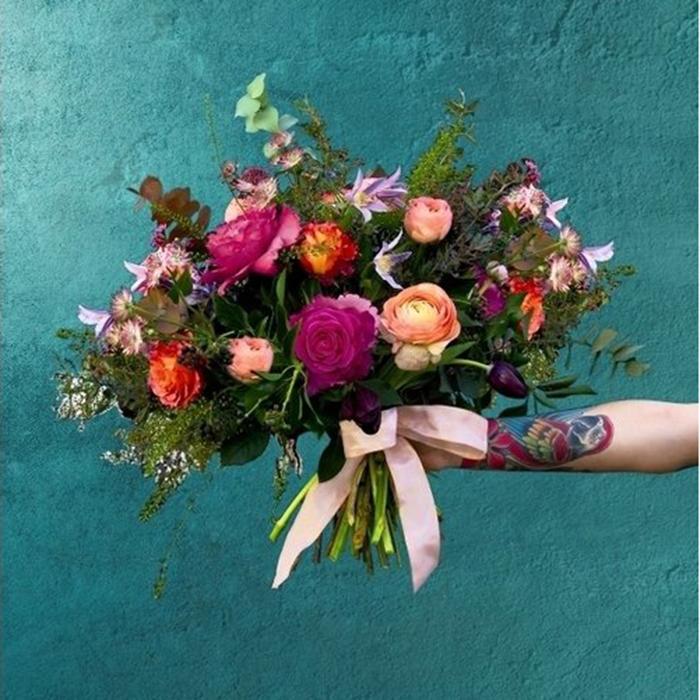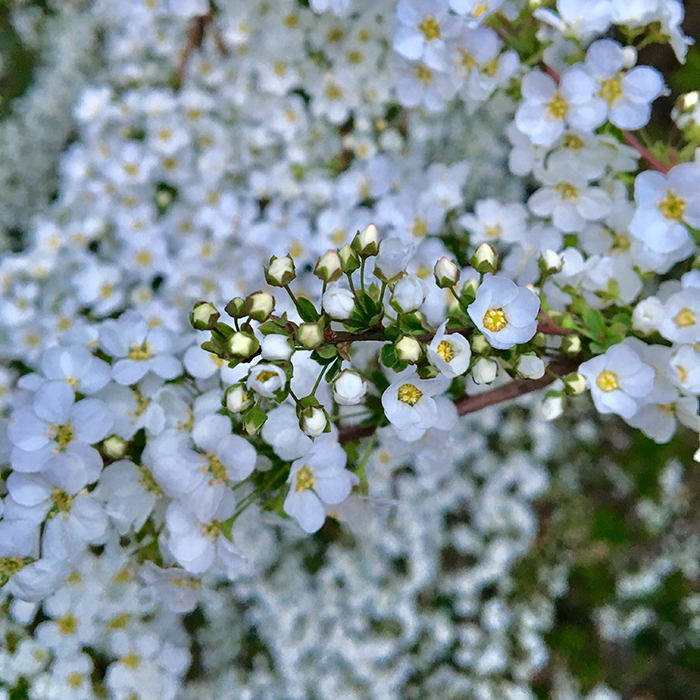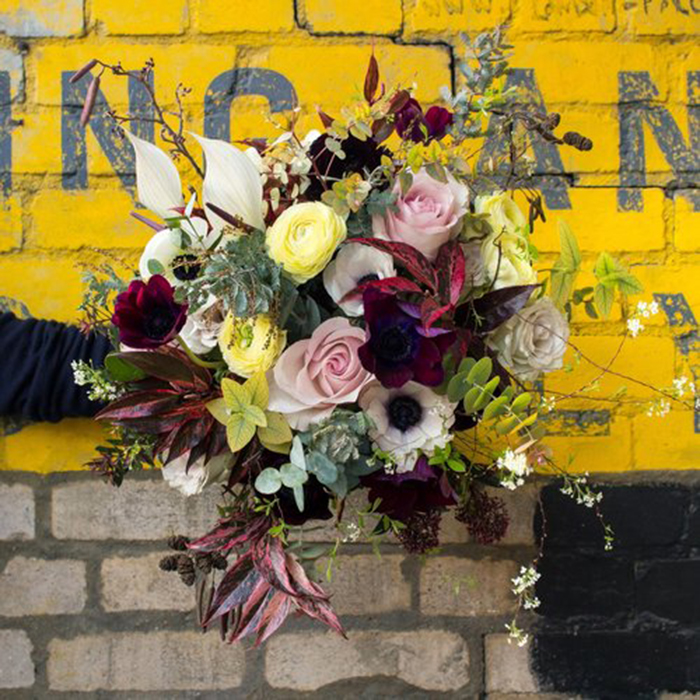A Mother’s Day bouquet
Author: Berry Bros. & Rudd

Rebel Rebel owes its existence to wine. Over one delicious bottle around my kitchen table gazing at a bunch of flowers that my partner had bought me, my business partner Athena and I set off on what has now become a 17-year adventure of early mornings, heavy buckets and glorious, beautiful, life-giving flowers.
Wine is clearly close to both our hearts. I briefly worked for Oddbins in the 1980s. On my first day, my manager opened a bottle of Clos du Bois Californian Chardonnay (this was the Eighties – big, oaky chardonnay was very much in vogue), and asked me to “nose” it and describe what I got. Feeling an idiot, I admitted that the overwhelming scent for me was “warm dairy cow” (I’m a country girl!). To my enormous surprise, I was assured, this was not the wrong answer. Wine could smell of cowsheds – and tobacco, and gooseberry, and roses and all sorts of interesting and unlikely things.
I don’t spend much time on the farm anymore, but we still find things that bring both wine and flowers together – they seem to share a lot in common, not only reasons to celebrate. These come either directly in a relationship between the scents and flavours or more laterally in their look, colour or character. Like some wines, flowers can be big on personality.
Let’s begin with the ultimate partner to any celebration – Champagne. The tiny bubbles which spring up from the bottom of the flute look so much like the “Spirea Arguta” opening blossom, you could almost be encouraged to taste the branch.

Meanwhile, pink Champagne is so perfectly assimilated to “Coral Sunset” peonies. These start out in a rich deep coral colour, fading through to cream before they drop their petals. In this flower’s ageing evolution, as with vintage rosé Champagne, the colour develops through all possible shades (with peonies, you’ll know a deeper coloured one versus the palest one). Perhaps the only thing it doesn’t share with Champagne is its aroma, just before it drops its petals. Curiously, at this point, the flowers smell a little like fish. Some of the best vintage Rosé Champagne on the other hand, as our friends at Berry Bros. & Rudd note, can develop from fresh, red fruit, potpourri and rose petals through to mushrooms, porcini, truffles and earthy chamomile – even Oloroso Sherry as it ages. The colour also usually turning ever more ‘onion peel’.
Both of these fizzy examples are purely visual, probably because much as I love wine, I love flowers more.
My personal current default wine is a Sauvignon Blanc, and while it is pale and crisp and tastes green and fresh, one of the aromatics of Sauvignon Blanc that I love is the aroma of blackcurrant leaves – Ribes Nigrum. Hugely evocative, the stems come into the foliage suppliers at the market in spring and we buy it in whether we need it or not, putting it in the front seat of the van on our drive back to the workshop, to make it an altogether more pleasant experience.

As fashions come and go in wine, so too are there trends in flowers. Growers work hard at producing flowers to answer the need for more intense colours, scents, sizes, length and strength. During the winter, while there are very few British flowers available except narcissi, our lives are saved by anemones and ranunculus, especially the ones grown by the Italians. They come in all sorts of rich reds, pinks, blues and purples but our favourites are the most intensely plummy colours which really make you think of a deep Cabernet Sauvignon or well-aged Barolo. There are a series of anemones in varying shades of purple and red in which the colour saturation is so deep – they match such wines in shade and texture brilliantly. The thing about flower petals is they aren’t one colour, there are several colours making up the whole, all of which combine to give their own levels of intensity and complexity.
We imagine making a bouquet is probably not too dissimilar to what goes into making a wine. You start with the key flowers which go into making up the body and the feel of the bouquet. The flowers are then supported by foliage to give texture and give the flowers room to breathe. You then add in the smaller (perhaps lesser) flowers which help to soften the big blooms. As with wine, there has to be scent, colour, depth, and a bit of welcome “zing”.
Rebel Rebel was awarded Time Out London Florist of the year 2017.
To browse our Mother’s Day offerings, click here.



Hellebores are rather promiscuous in the garden, so consider what the color of the offspring would look like when you plant two colors nearby. You can create some really neat anemone type (central collar) hybrids by planting doubles and singles nearby.